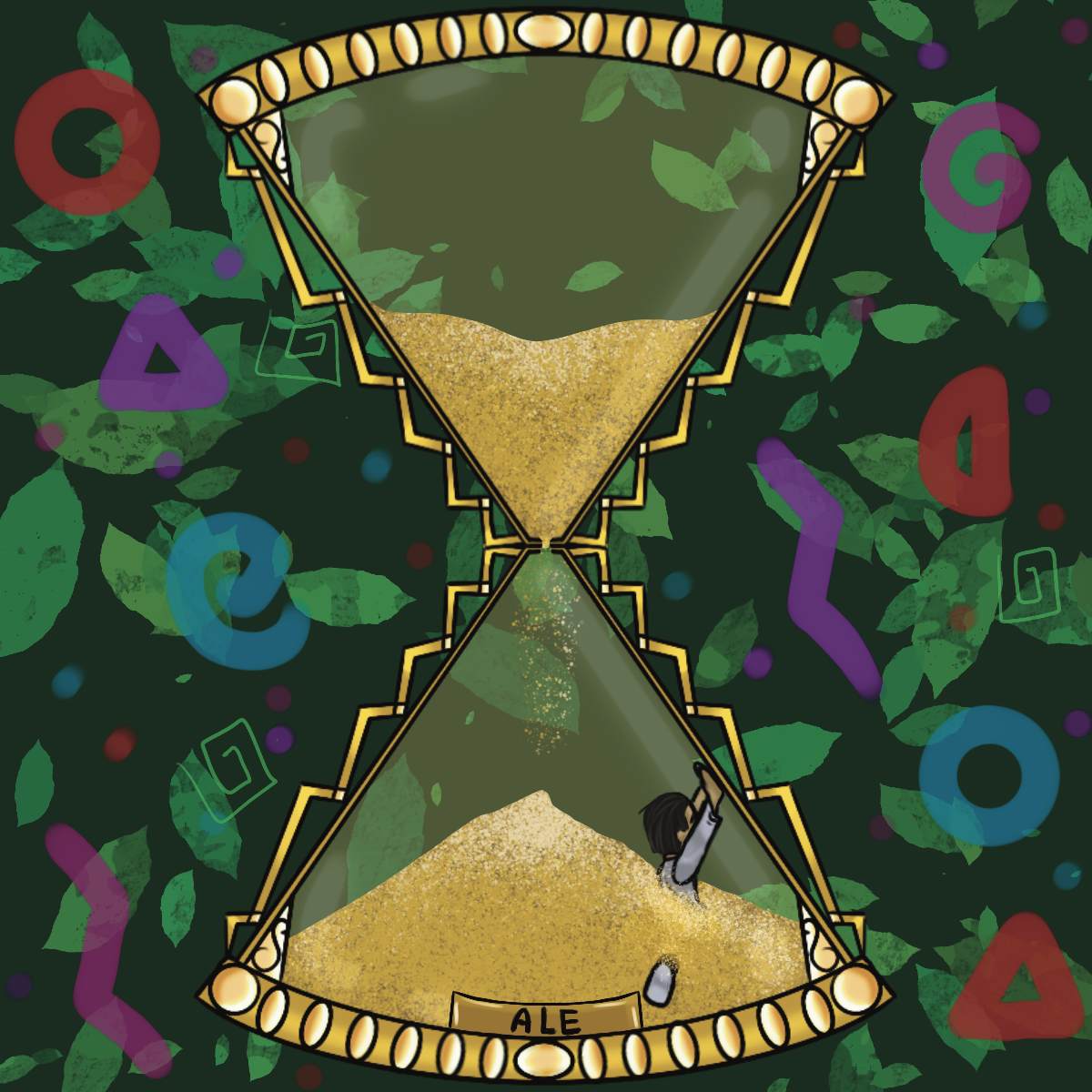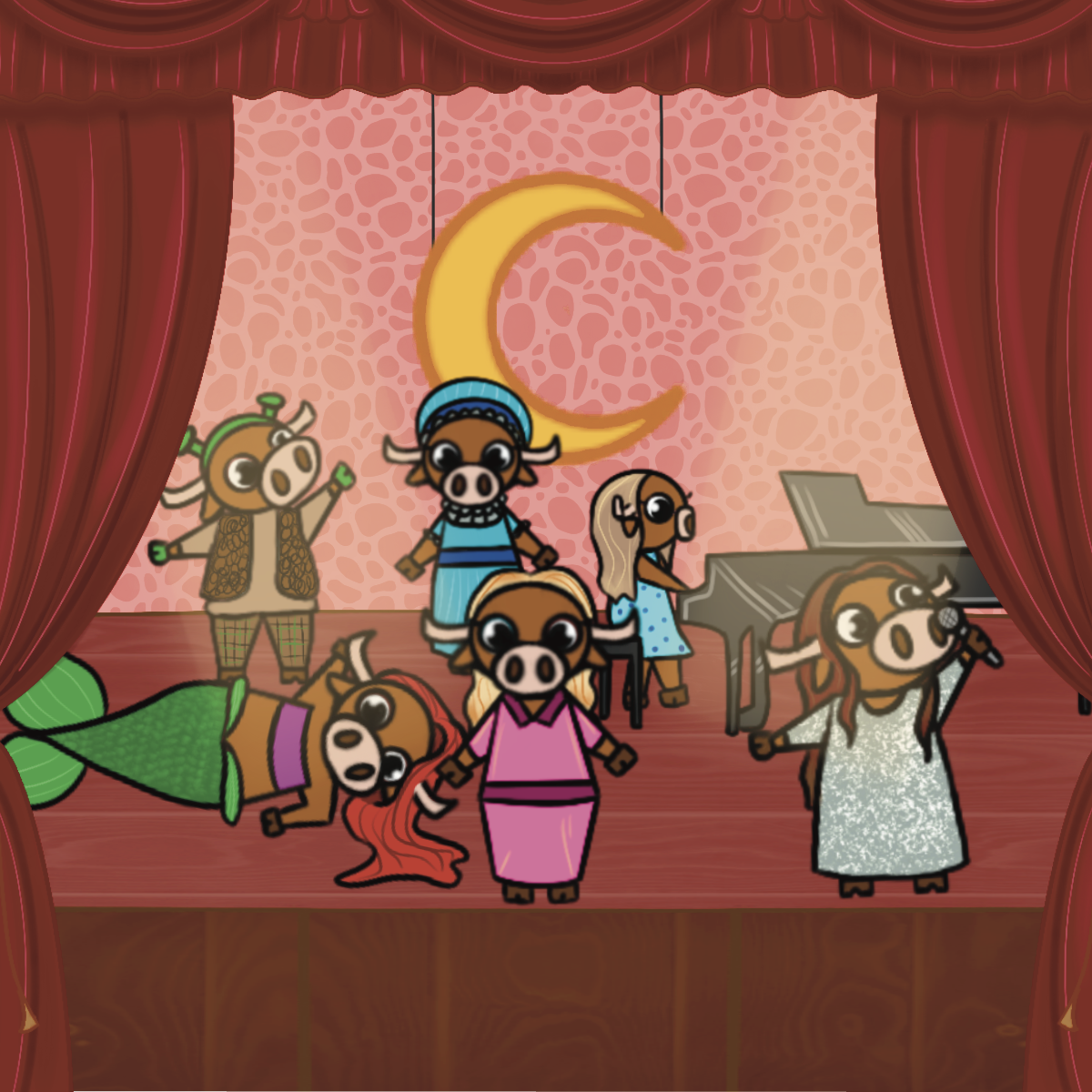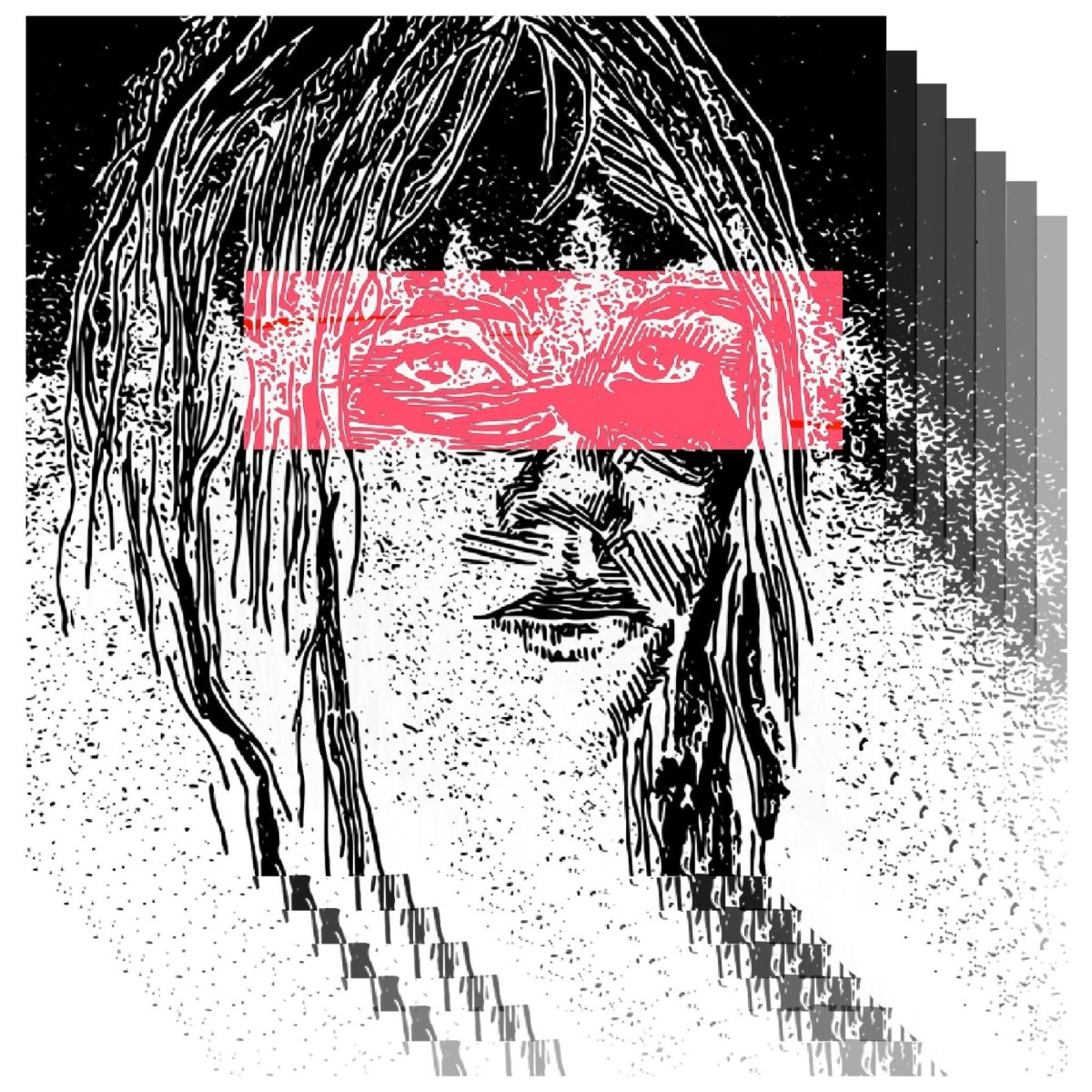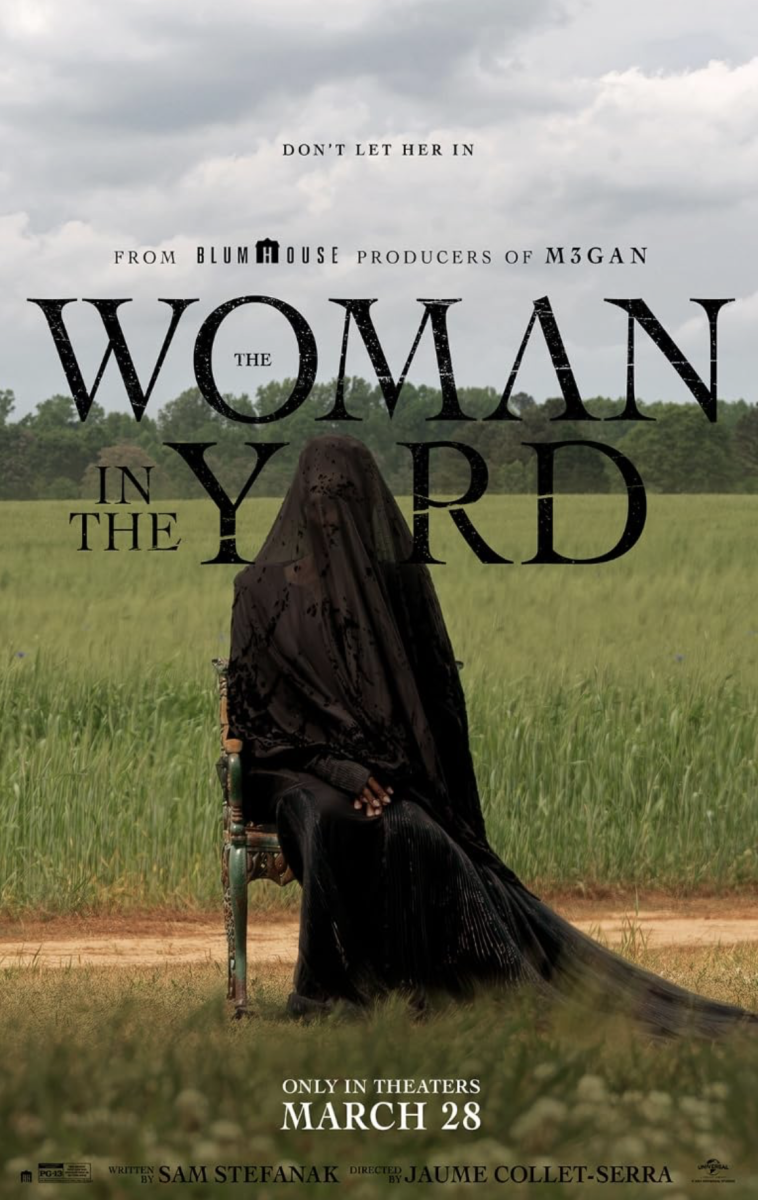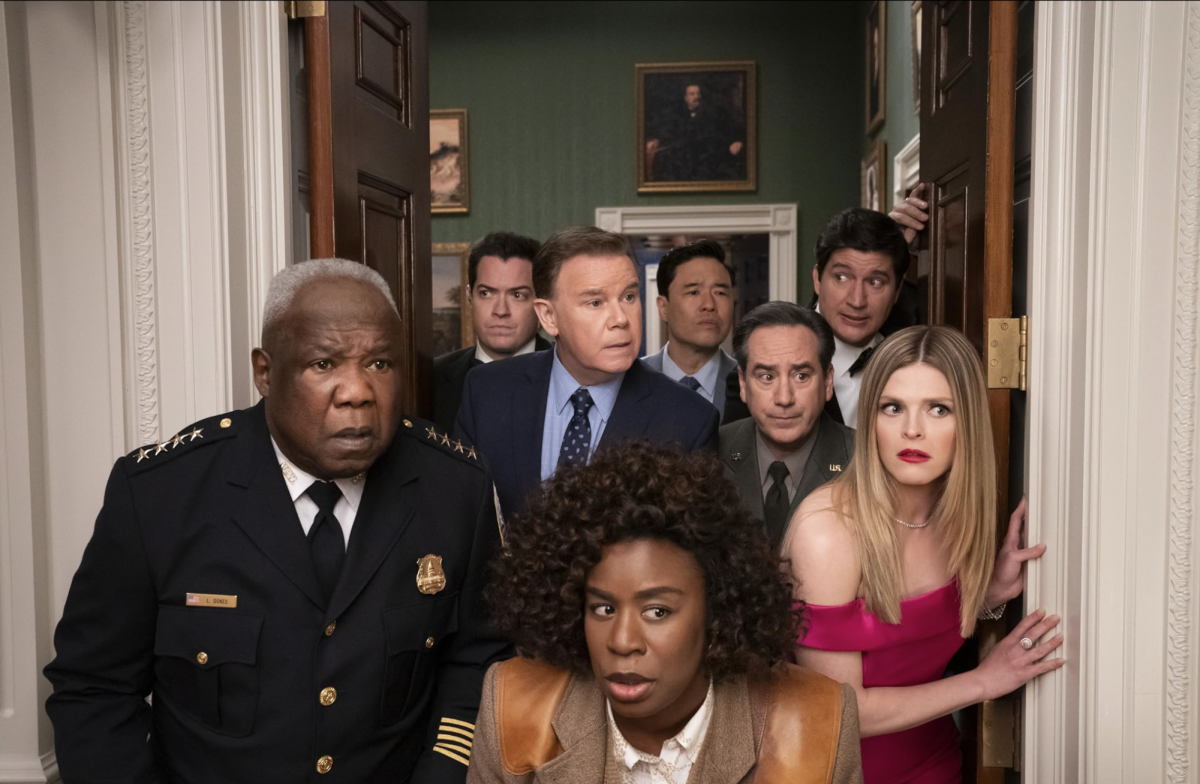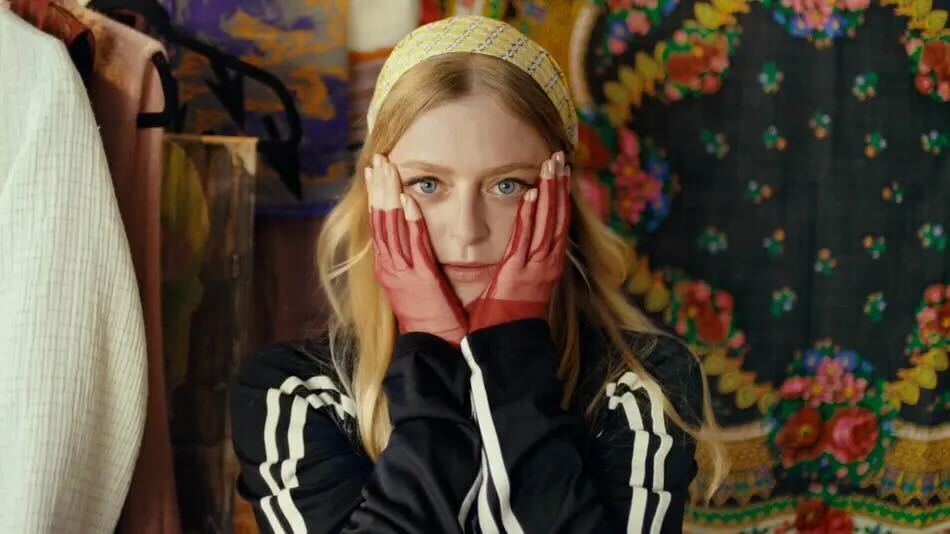From the creative mind of Julio Torres (“My Favorite Shapes,” “Los Espookys”) comes “Problemista,” which he wrote, directed and stars in (read The Texan’s review here!). The Daily Texan sat down with Torres to talk about visual storytelling and what his characters learn in his feature film debut.
The Daily Texan: You’ve made a career out of comedy writing, but did you always want to make a film? As a first-time director, is this a path you want to continue down?
Julio Torres: It is certainly a path that I want to continue down. I love this experience, and I want to keep writing and directing. Being a film and TV writer was always the goal, and then when I started rediscovering my love for visual storytelling … being on set on SNL or “Los Espookys” … I was like “I love this part.” I also love talking with actors, I love shaping a character. Even though, when I first started, I didn’t know I wanted to be a director, it’s almost like I didn’t have a name for it and turns out the name was “Director” the whole time.
DT: What were the most important visual metaphors and motifs that you wanted to include in “Problemista?”
JT: I was very keen to showing how things felt. That’s where these designs come about because they’re ways of articulating a feeling. … It’s subconscious and it’s very funny to see visual motifs repeating themselves for reasons that I can’t fully explain yet. Staircases, for example, I’m big on a staircase. … I keep writing things with hourglasses. I keep going back to things like that for some reason.
DT: This movie is semi-autobiographical and you’ve been an artist all your life, so it makes sense that Alejandro was always destined to be an artist. Why did you decide to make him a toymaker?
JT: Making him an aspiring writer or director felt, frankly, boring for me. … I didn’t want to make a movie about the industry. I wanted to make a movie about someone trying to make it somewhere and because toys are so specific … it can be just a stand-in for anything. … It’s also interesting that the audience interprets him as an artist because you don’t normally think of a toy designer as an artist, but that’s what it is. Also, the fact that he’s not a painter helps because then there’s a more universal connection between him and RZA’s character. Even though what they do is so different, (Alejandro) really sees himself in him. In making it more specific, it becomes more universal.
DT: What is the biggest lesson Alejandro and Elizabeth teach each other?
JT: I keep saying (Alejandro) is a little bunny that didn’t realize he also has claws, so he taps into that part of himself. (He learns) about not being a leaf in the wind, but being like, “No, I’m here,” and (gaining) assertiveness. Hopefully, (Elizabeth) learns to open her heart a little bit. In being treated with kindness, that hopefully paves the way to kindness. … People keep saying it’s interesting that she’s humanized because she’s such an unlikable character and that’s very true, but there’s something that happens in movies and TV that doesn’t happen in real life, which is that some people are bad and some people are good and that’s it. In real life, we all have relatives who are so icky. And yet, we love them and we see them, so we are capable of that, we just haven’t been trained to do that in media.

